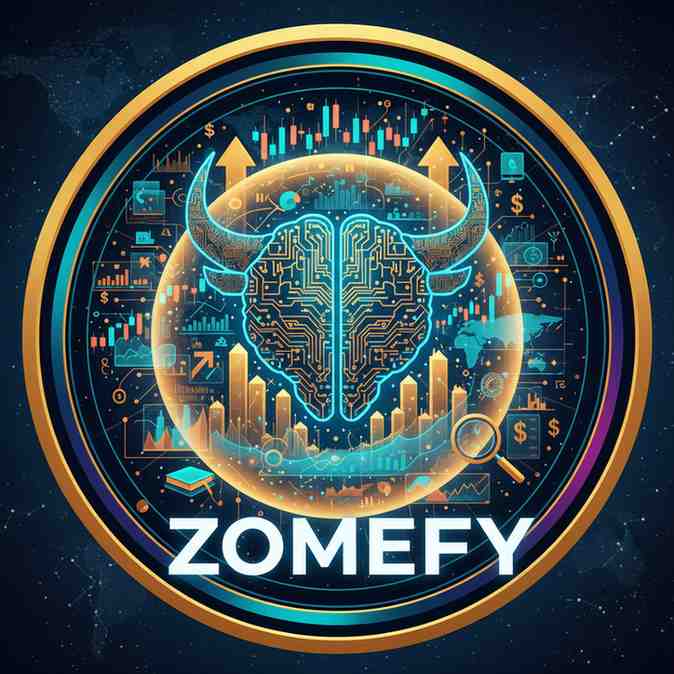Tokenized Assets: Democratizing Investment and Wealth Creation
Explore how asset tokenization is democratizing investment access to real estate, art, and private equity through fractional ownership and blockchain technology.
Tokenized Assets: Democratizing Investment and Wealth Creation
What You Can Do Next
- Read the full article for complete insights
- Save for later reference
- Share with others learning about this topic
Image not available
Asset tokenization represents one of the most revolutionary developments in modern finance, fundamentally transforming how investors access and own traditionally illiquid assets. By converting real-world assets into digital tokens on blockchain networks, tokenization is democratizing investment opportunities that were previously reserved for institutional investors and high-net-worth individuals. This comprehensive analysis explores the current state of asset tokenization, its applications across various asset classes, regulatory landscape, technological infrastructure, and the profound impact on wealth creation and financial inclusion.
Understanding Asset Tokenization: The Digital Revolution
Asset tokenization is the process of converting rights to an asset into digital tokens on a blockchain. Each token represents a fractional ownership stake in the underlying asset, enabling investors to own portions of high-value assets that would otherwise be inaccessible.
How Tokenization Works
The tokenization process involves several key steps: asset valuation, legal structuring, smart contract development, regulatory compliance setup, token issuance, and secondary market creation. Each step requires specialized expertise in law, technology, and finance.
Blockchain Infrastructure
Most tokenized assets use Ethereum, Polygon, or other established blockchain networks. These platforms provide the necessary infrastructure for smart contracts, token standards (ERC-20, ERC-721), and decentralized applications.
Asset Classes and Applications
Tokenization is being applied across diverse asset classes, each with unique characteristics and opportunities:
Real Estate Tokenization
Real estate tokenization allows investors to own fractional shares of properties, from residential buildings to commercial real estate. Benefits include lower minimum investments, increased liquidity, and diversified exposure to real estate markets globally.
Art and Collectibles
High-value artwork, rare collectibles, and cultural artifacts are being tokenized to enable fractional ownership. This democratizes access to blue-chip art investments and creates new revenue streams for artists and collectors.
Private Equity and Venture Capital
Private equity funds and venture capital investments are being tokenized, allowing retail investors to participate in traditionally exclusive investment opportunities with lower minimums and increased transparency.
Commodities and Precious Metals
Gold, silver, and other commodities are being tokenized to provide digital exposure to physical assets, combining the benefits of commodity investing with blockchain technology's transparency and efficiency.
Intellectual Property and Royalties
Music royalties, patent licensing, and other intellectual property rights are being tokenized, creating new investment opportunities in creative and innovative assets.
Benefits and Opportunities
Tokenization offers numerous advantages for both issuers and investors:
Democratization of Investment
Tokenization breaks down barriers to high-value investments, enabling retail investors to access previously exclusive asset classes with lower minimum investments and reduced complexity.
Increased Liquidity
Traditionally illiquid assets become tradeable through tokenization, creating secondary markets where investors can buy and sell fractional ownership stakes 24/7.
Transparency and Security
Blockchain technology provides immutable records of ownership, automated execution of rights, and enhanced security through cryptographic protection of digital assets.
Global Access
Tokenized assets can be traded globally, enabling investors to access international markets and diversify their portfolios across geographic regions and asset classes.
Reduced Costs
Elimination of intermediaries, automated processes, and reduced administrative overhead lower the costs of asset management and investment operations.
Regulatory Landscape and Compliance
The regulatory environment for tokenized assets is evolving rapidly, with different jurisdictions taking varied approaches:
Securities Regulations
Most tokenized assets are considered securities and must comply with applicable securities laws, including registration requirements, disclosure obligations, and investor protection measures.
Global Regulatory Developments
Regulators worldwide are developing frameworks for digital assets, with some jurisdictions creating sandboxes for innovation while others implementing comprehensive regulatory regimes.
Compliance Technology
RegTech solutions are emerging to help tokenization platforms comply with complex regulatory requirements across multiple jurisdictions, including automated KYC/AML processes and reporting systems.
Technology Infrastructure and Platforms
The success of asset tokenization depends on robust technological infrastructure:
Blockchain Networks
Ethereum remains the dominant platform for tokenization, but other networks like Polygon, Solana, and Avalanche are gaining traction due to lower costs and faster transactions.
Token Standards and Protocols
ERC-20 for fungible tokens, ERC-721 for non-fungible tokens, and ERC-1155 for hybrid tokens provide standardized frameworks for tokenized assets.
Custody and Security Solutions
Specialized custody providers offer secure storage for tokenized assets, with features like multi-signature wallets, hardware security modules, and insurance coverage.
Trading Platforms and Exchanges
Dedicated exchanges for tokenized assets provide liquidity and price discovery, with features like order matching, settlement, and regulatory reporting.
Challenges and Risks
Despite its potential, tokenization faces several challenges:
Regulatory Uncertainty
Evolving regulatory frameworks create uncertainty for issuers and investors, with potential for significant compliance costs and legal risks.
Technology Risks
Blockchain technology is still developing, with risks including smart contract bugs, network congestion, and potential security vulnerabilities.
Liquidity Concerns
While tokenization promises liquidity, secondary markets for many tokenized assets remain underdeveloped, potentially limiting actual liquidity benefits.
Valuation and Pricing
Determining fair value for tokenized assets can be challenging, especially for unique or illiquid underlying assets without established market prices.
Future Outlook and Market Trends
The tokenization market is expected to experience significant growth and evolution:
Institutional Adoption
Major financial institutions are increasingly exploring tokenization for their own assets and client offerings, driving mainstream adoption and regulatory clarity.
Cross-Chain Interoperability
Development of cross-chain protocols will enable tokenized assets to move between different blockchain networks, increasing liquidity and accessibility.
Central Bank Digital Currencies (CBDCs)
The development of CBDCs may provide new infrastructure for tokenized assets, with potential for programmability and automated compliance features.
Environmental Considerations
The environmental impact of blockchain networks is driving development of more energy-efficient consensus mechanisms and sustainable tokenization platforms.
Conclusion
Asset tokenization represents a paradigm shift in how we think about ownership, investment, and wealth creation. By democratizing access to high-value assets and creating new markets for previously illiquid investments, tokenization has the potential to transform the global financial system. However, success requires careful navigation of regulatory requirements, technological challenges, and market dynamics. As the infrastructure matures and regulatory frameworks become clearer, tokenized assets are likely to become an increasingly important component of diversified investment portfolios, offering new opportunities for wealth creation and financial inclusion.
To understand how this intersects with broader fintech trends, explore our analysis on [AI's role in financial services](/financial-insights/ai-finance-growth-opportunities-2025) and the [digital banking revolution](/financial-insights/digital-only-banking-fintech-2025). For insights into the underlying blockchain technology, read our [Crypto 2025 analysis](/financial-insights/crypto-2025-blockchain-ai-tokenization).
Frequently Asked Questions
What is asset tokenization and how does it work?
Asset tokenization is the process of converting ownership rights in real-world assets into digital tokens on a blockchain. Each token represents a fractional ownership stake, allowing multiple investors to own portions of high-value assets like real estate, art, or private equity.
What are the main benefits of tokenized assets?
Key benefits include fractional ownership (lower investment thresholds), enhanced liquidity through secondary markets, global access to international assets, automated management through smart contracts, and improved transparency through blockchain records.
Are tokenized assets regulated?
Yes, most tokenized assets are considered securities and must comply with applicable securities laws, including registration requirements, disclosure obligations, and investor protection measures. The regulatory landscape is evolving rapidly across different jurisdictions.
What are the risks of investing in tokenized assets?
Risks include regulatory uncertainty, technology vulnerabilities, limited secondary market liquidity, custody and security concerns, and the potential for smart contract bugs or blockchain network issues.
References
- [1] Ten Technologies Shaping the Future of Fintech in 2023 - DashDevs. View Source ↗(Accessed: 2025-10-14)
- [2] Fintech Trends 2025 - Plaid. View Source ↗(Accessed: 2025-10-14)
- [3] The Future of Global Fintech 2025 - World Economic Forum. View Source ↗(Accessed: 2025-10-14)
- [4] Pulse of Fintech - KPMG. View Source ↗(Accessed: 2025-10-14)
- [5] Fintech Trends - HyperVerge. View Source ↗(Accessed: 2025-10-14)
- [6] Top 10 Fintech Payments Trends 2025 - Juniper Research. View Source ↗(Accessed: 2025-10-14)
- [7] Fintech Trends - Innowise. View Source ↗(Accessed: 2025-10-14)
- [8] Fintechs: Scaled Winners and Emerging Disruptors - BCG. View Source ↗(Accessed: 2025-10-14)
- [9] Fintech Trends 2025 - Lloyds Banking Group. View Source ↗(Accessed: 2025-10-14)
- [10] Top Fintech Trends - KPMG. View Source ↗(Accessed: 2025-10-14)
Continue Your Investment Journey
Discover more insights that match your interests
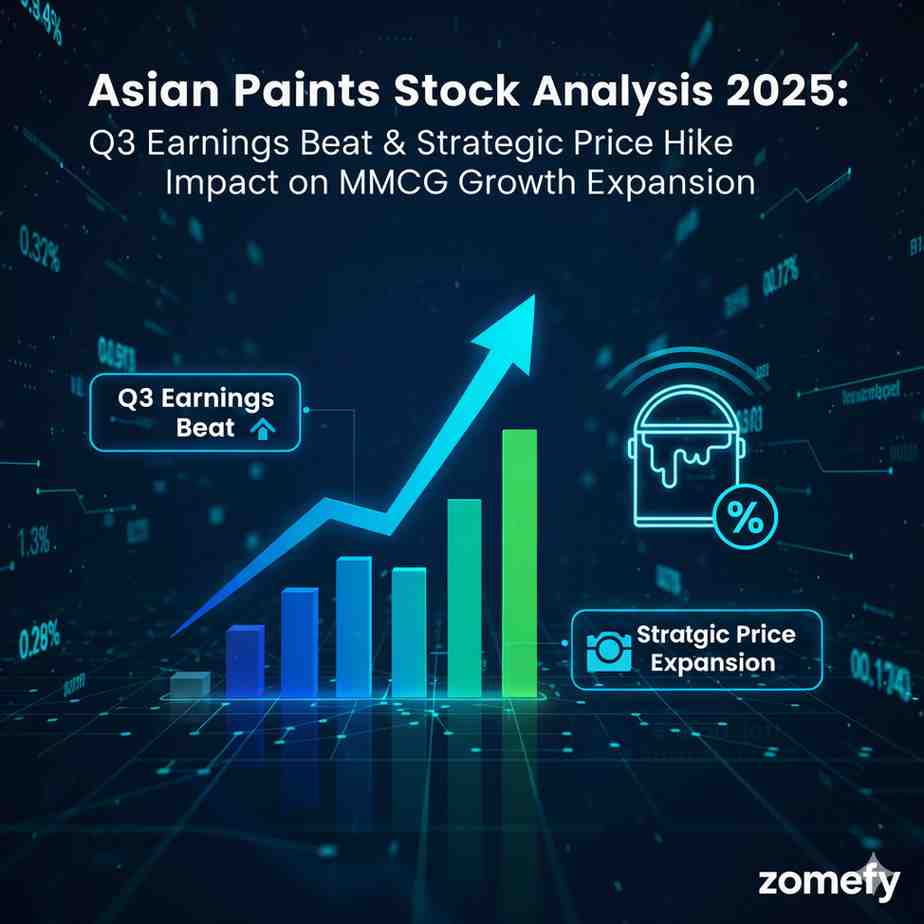
Asian Paints Stock Analysis 2025: Q3 Earnings Beat & Strategic Price Hike Impact on Margin Expansion
Asian Paints Limited, India's leading paint manufacturer, has once again grabbed the spotlight with its Q3FY25 earnings announcement.
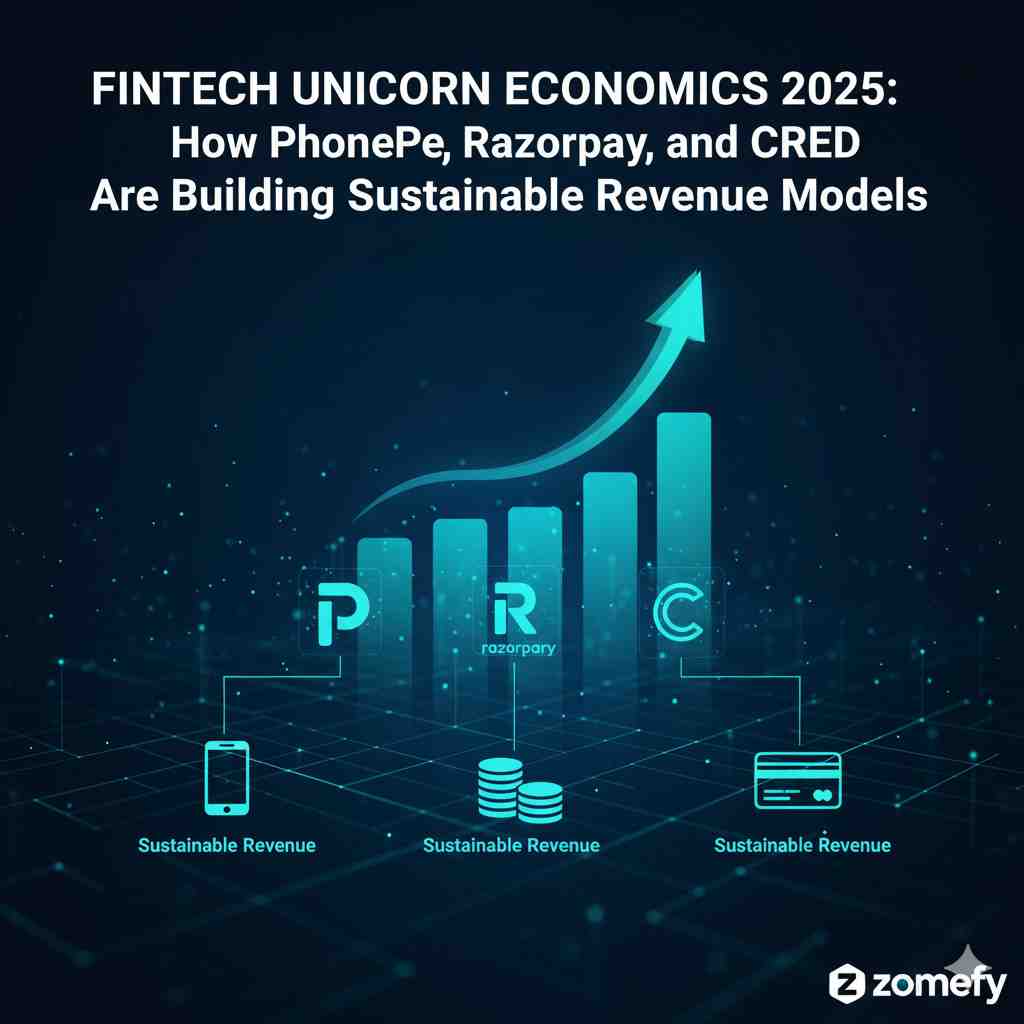
Fintech Unicorn Economics 2025: How PhonePe, Razorpay, and CRED Are Building Sustainable Revenue Models
The Indian fintech landscape in 2025 is defined by rapid innovation, aggressive expansion, and a relentless focus on building sustainable revenue models.
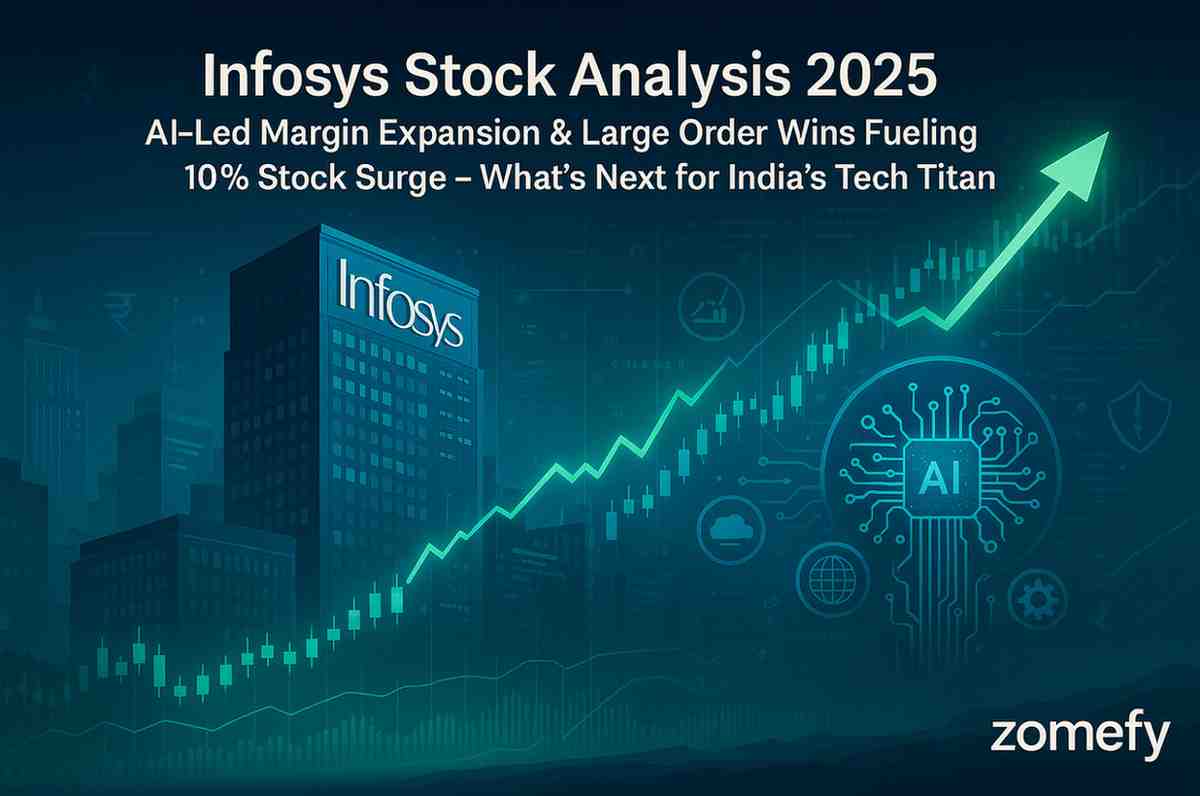
Infosys Stock Analysis 2025: AI-Led Margin Expansion & Large Order Wins Fueling 10% Stock Surge—What’s Next for India’s Tech Titan?
Infosys Ltd, India’s second-largest IT services company, has been in the spotlight over the past week as its stock surged over 10% in early November 2025, outperforming the broader Nifty IT index.
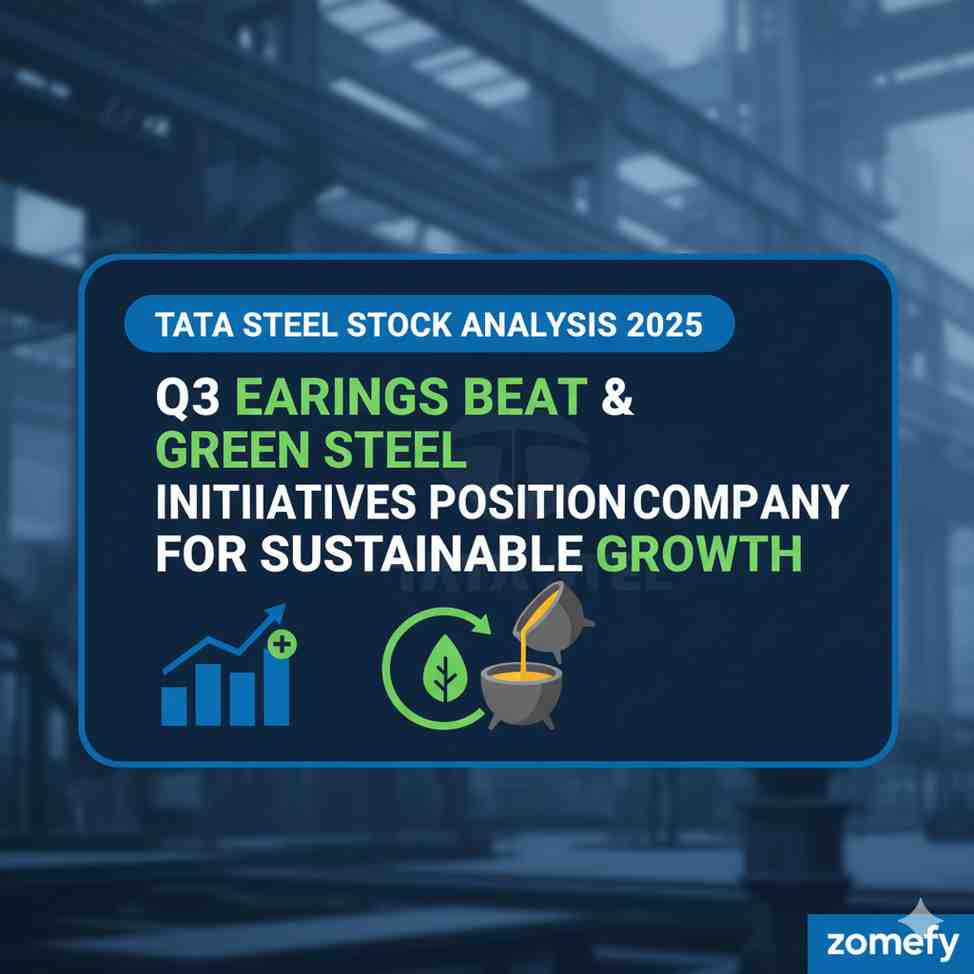
Tata Steel Stock Analysis 2025: Q3 Earnings Beat & Green Steel Initiatives Position Company for Sustainable Growth
Tata Steel, one of India's largest and most respected steel producers, has once again captured investor attention with its Q3 FY25 earnings results.
Explore More Insights
Continue your financial education journey
